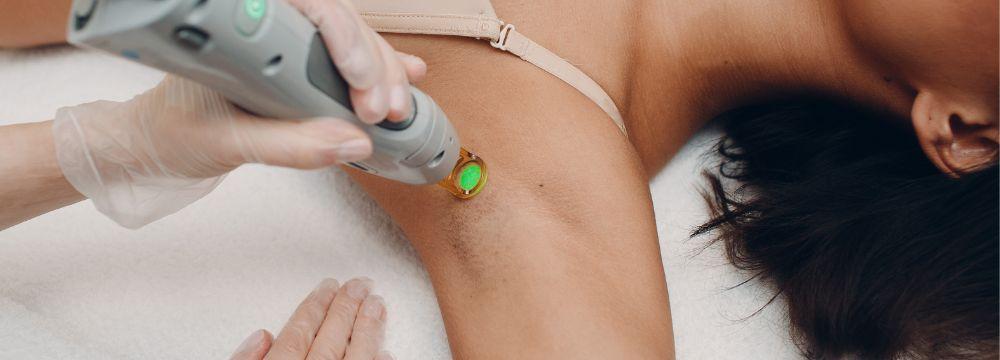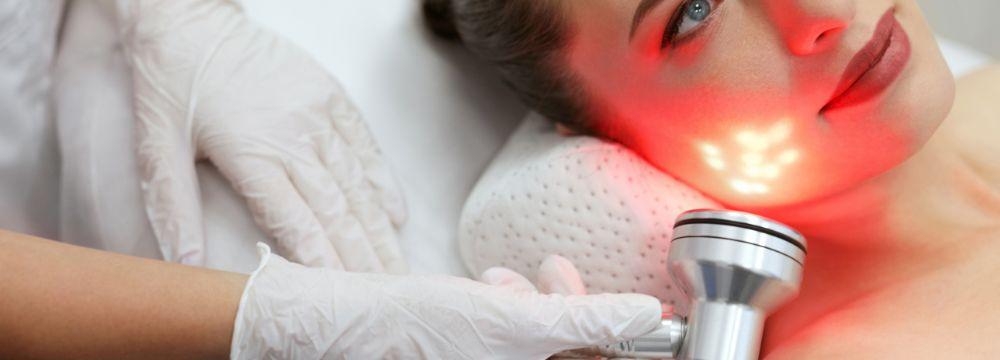Understand the 4 Forms of Skin Cancer
The best prevention for skin cancer is to be proactive. Understanding the different types of skin cancer and their warning signs will help you to stay alert and in touch with what is going on with your skin. Skin cancers develop in areas continuously exposed to the sun and can be easy to catch if you know what to look for. It is important to perform self-checks and follow up with your dermatologist for regular appointments to prevent the development or spread of skin cancer.
Actinic Keratosis
The small, reddish, scaly patches of skin are most often precursors to skin cancer. They typically occur on areas of skin that get the most sun exposure. Common areas are head, neck, hands, and forearms. Many patients are not diagnosed until later in life because this condition develops over time as sun exposure continues.
Basal Cell Carcinoma (BCC)
Basal cell carcinomas are the most common form of skin cancer. These flesh colored bumps or pink patches of skin usually form on the head, neck and arms, but can be found anywhere on the body. The good news is that this is one of the easiest types of skin cancer to treat and is the least likely to spread to other organs. It is more common for individuals with pale skin, but it is not unheard of in people with darker skin.
Squamous Cell Carcinomas
This type of skin cancer usually appears as persistent, rough, scaly patches or bumps. As with other types of skin cancer, squamous cell carcinoma is typically found on areas that receive high levels of sun exposure. Tanning bed usage can also increase a person’s chance of getting squamous cell carcinoma.
Melanoma
Melanoma commonly forms as a mole or as a new dark spot on the skin. Statistically, this is the deadliest form of skin cancer, making early detection and prevention essential. Dermatologists recommend checking your skin from head to toe at least once a month for new dark spots, oddly-shaped moles or other skin abnormalities. When it comes to self-checking for warning signs, it is helpful to follow the ABCDE’s of melanoma.




